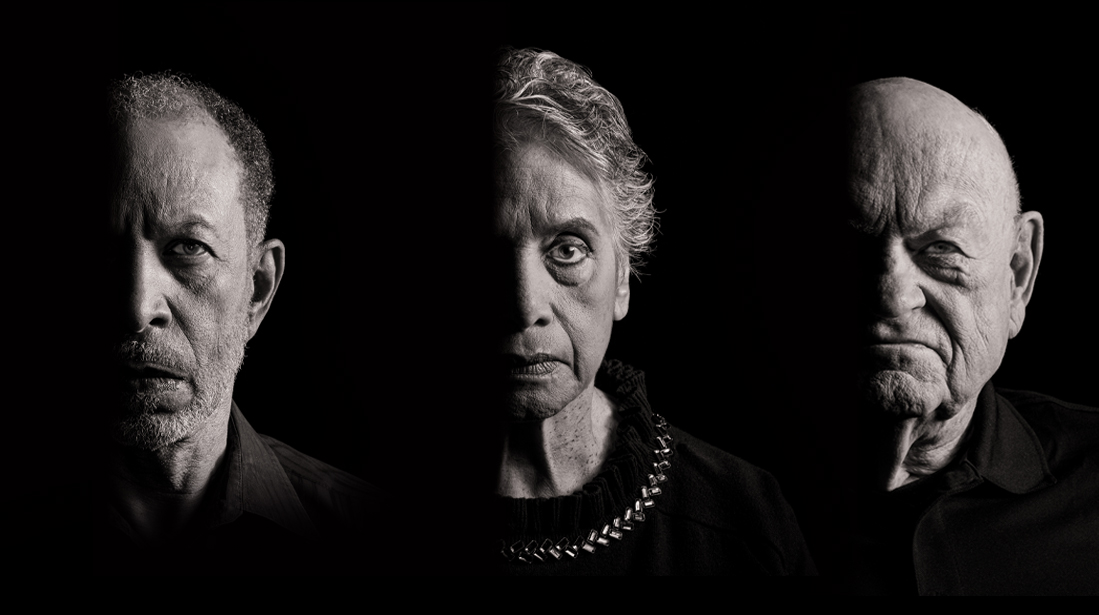
Boston Scientific accounts are for healthcare professionals only.
Boston Scientific accounts are for healthcare professionals only.
Create an account to access online training and education on EDUCARE, manage your customer profile, and connect with customer support and service teams.
My Boston Scientific account
Access your online applications and manage your customer profile.
Quick Links
Call customer care

Over time, TAVR complications have declined—except for stroke.
Despite clinical and technological advancements, the rate of reported perioperative stroke is holding steady at 2-4%.1-6
It is impossible to predict which procedures will dislodge embolic debris, and when it will cause disabling stroke.
Stroke is the leading cause of permanent disability – the long-term effects are serious including impaired ability to communicate and restricted physical abilities. It is also a primary risk factor for future clinical stroke, dementia, cognitive decline, and mortality.




For hospitals, the financial implications of all stroke include extended inpatient care, rehabilitation, and follow-up care.
Disabling stroke substantially increases both short- and long-term treatment costs.
For patients, the need for long-term care, skilled nursing, and rehabilitation facilities drives up costs by as much as 121%.12
REFERENCES
1. Manoharan G, et al., J Am Coll Cardiol Intv 2015; 8:1359-67.
2. Wendler O, et al., Circulation 2017; 135: 1123–1132.
3. Seeger J, et al., Eur Heart J. 2018 Dec 24. doi: 10.1093/eurheartj/ehy847.
4. Haussig S et al., JAMA 2016; 316:592–601.
5. Kapadia S, Kodali S, Makkar R, et al., Protection against cerebral embolism during transcatheter aortic valve replacement. JACC. 2017; 69(4): 367–377.
6. Kapadia, et al. New England Journal of Medicine, 387(14), 1253–1263. Sep 2022.
7. Tsao CW, et al. Heart Disease and Stroke Statistics—2022 Update: A Report From the American Heart Association external icon. Circulation. 2022;145(8):e153–e639.
8 Audience survey, Hawkey M, presented at ACC 2016
9. Coylewright M, Palmer R, O’Neil E, et al., Patient-defined goals for the treatment of severe aortic stenosis: A qualitative analysis. Health Expect. Oct 2016:19(5): 1-36-1043.
10. American Stoke Association: The Effects of Stroke. Available at: www.stroke.org
11. Alkhouli, M, et al. “Cost of procedural stroke in TAVR in a US Medicare population” Valve20A-POS01; PCR London Valves 2020
12. Alqahtani F, Sengupta P, Badhwar V, et al., Clinical and economic burden of acute ischemic stroke following transcatheter aortic valve replacement. Structural Heart Journal online, 16 Nov 2018.
13. Boone, M. et all. “Economic Burden of Postoperative Neurocognitive Disorders Among US Medicare Patients” JAMA Network Open.2020;3(7):e208931. 31July2020
14. Alqahtani F, et al. Clinical and Economic Burden of Acute Ischemic Stroke Following Transcatheter Aortic Valve Replacement SHJ online 16 Nov 2018
15. Rosamund, W. et al. “Heart Disease and Stroke Statistics – 2008 Update” AHA DOI: 10/1161/CIRCULATIONAHA.108/1879998
All photographs taken by Boston Scientific. Illustrations for informational purposes only – not indicative of actual size or clinical outcome.
All trademarks are property of their respective owners.